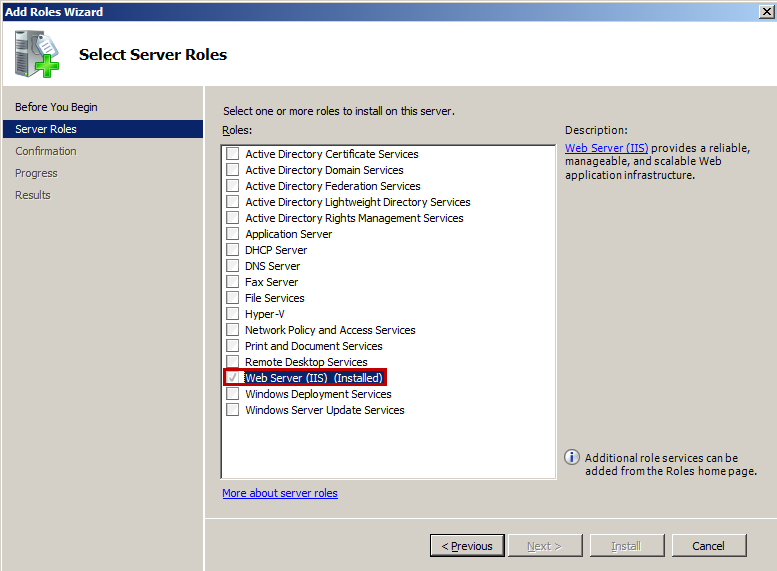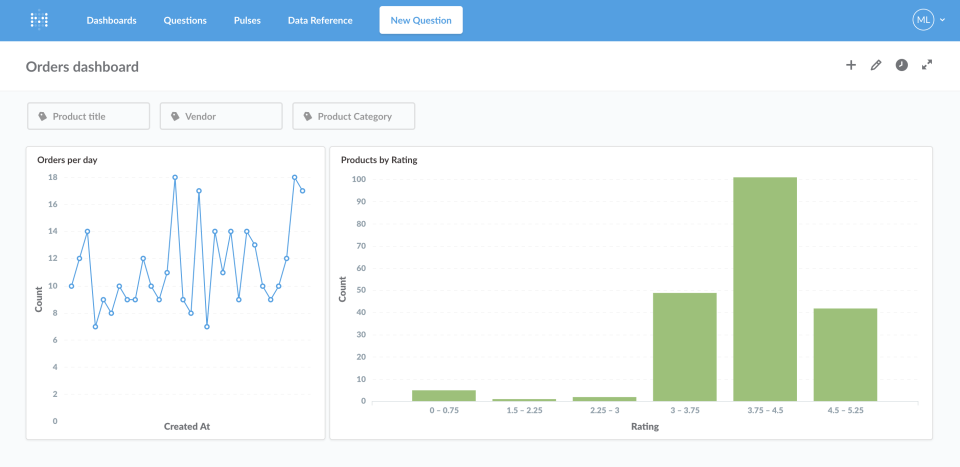

If you’re running on a paid plan, admins can designate Offical Collections.

Note that collections themselves can’t be pinned. To pin an item, select the pin icon next to the item’s name. Pinning an item in a collection turns the item into a handsome card at the top of the collection. People in groups with Curate access to a collection can pin items in the collection. Select the open box with an up arrow icon to “Unarchive this”. Search for the item you’d like to unarchive (you’ll either need to scroll down the page, or use the browser’s find in page functionality, as archived items won’t appear in Metabase’s search results). In the Collections list sidebar, at the bottom, click on View archive. Importantly, this will also remove any archived questions from all dashboards that use them.
#METABASE PERMISSIONS ARCHIVE#
This will also archive all questions, dashboards, models, and all other sub-collections and their contents. Click the edit icon in the top-right of the collection screen and select Archive this collection to archive it. Users with curate permission for a collection can archive collections. For example, if a group had access to the “Super Secret Collection” that’s saved several layers deep within a “Marketing” collection that the group lacks access to, the “Super Secret Collection” would show up at the top-most level that the group does have access to. Permissions and sub-collectionsĪ group can be given access to a collection located somewhere within one or more sub-collections without having to have access to every collection “above” it. This is especially important to remember when dealing with the All Users group: since all users are members of this group, if you give the All Users group Curate access to a collection, then all users will be given Curate access for that collection, even if they also belong to a group with less access than that. Just like with data access permissions, collection permissions are additive, meaning that if a user belongs to more than one group, if one of their groups has a more restrictive setting for a collection than another one of their groups, they’ll be given the more permissive setting. You’ll see a list of your collections down along the left, and clicking on any of those will bring up a list of each group’s permission settings for that collection. If you want to see the bigger picture of what permissions your user groups have for all your collections, just click the link that says See all collection permissions, which takes you to the Admin Panel. Each user group can have either View, Curate, or No access to a collection: Only Administrators can edit collection permissions. You can set permissions on collections by clicking on the lock icon in the top-right of the screen while viewing the collection and clicking on Edit permissions.

No access: the people in the group won’t see this collection listed, and they’ll lack access to any of the items saved within it.If a person lacks permission to view some or all of the questions included in a given dashboard, then those questions will be invisible to them but any questions that are saved in this collection will be visible to them, even if the person lacks access to the underlying data used in the question. View access: people in the group can see all the questions, dashboards, and models in the collection.In order to archive a sub-collection within this collection, they’ll need to have Curate access for it and any and all collections within it. They can also create new sub-collections within this collection. Curate access: the user can edit, move, archive, and pin items saved in this collection, and can save or move new items into it.Metabase starts out with a default top-level collection which is called Our analytics, which every other collection is saved inside of.

You can set permissions on those collections to determine which groups of people can view and curate collections’ items. You can use collections to organize questions, dashboards, models, timelines, and other collections.


 0 kommentar(er)
0 kommentar(er)
